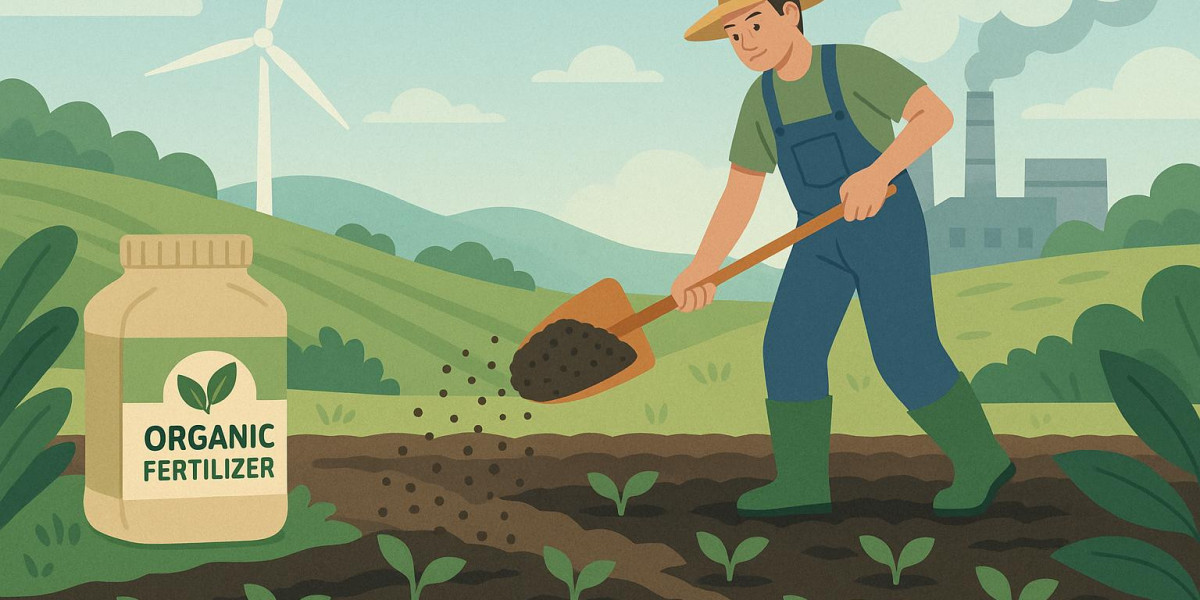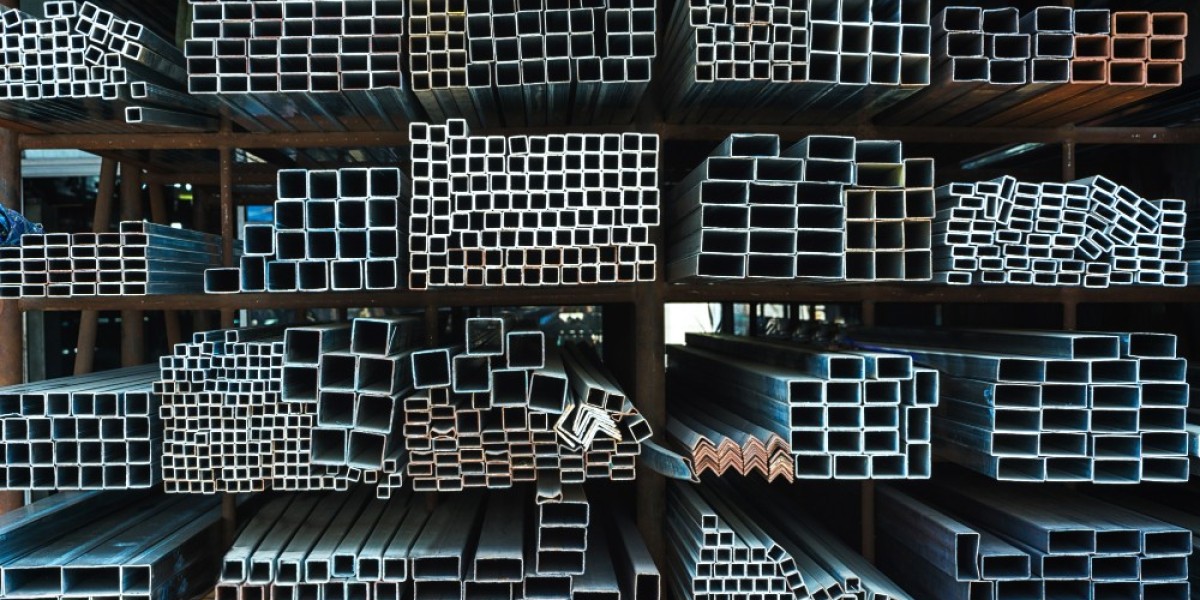When soil loses its vitality, everything else in the farming system begins to suffer. Yields drop. Pest pressure increases. Crops grow weaker, more vulnerable, and less nutritious. And yet, most farmers and gardeners still look above ground for answers—spraying, fertilizing, trimming—without treating the actual foundation: the soil itself.
Healthy soil isn’t just dirt. It’s a living, breathing ecosystem—a complex symphony of minerals, microbes, fungi, water, and organic matter all working in harmony. But this harmony is fragile. Over-tilling, chemical overload, and monocropping slowly strip it of life. That’s why rejuvenation matters—and it must be natural to be sustainable.
This article presents a clear, practical, 3-stage formula for naturally bringing tired soil back to life. It’s not about quick fixes. It’s about building long-term resilience and fertility from the ground up.
Stage 1: Rebuild Organic Matter and Soil Structure
The first stage is about returning structure and carbon-rich material back to the soil. Organic matter acts like the battery of the soil system—it stores nutrients, holds water, feeds microbes, and prevents compaction.
The best ways to build this organic foundation include:
Compost Application: Aged compost brings in stabilized carbon, microbial life, and humic substances that improve crumb structure and water retention. Apply 2–5 tons per acre for open fields, and 1–2 inches for garden beds.
Cover Cropping: Fast-growing cover crops like sunn hemp, clover, or radish fix nitrogen, suppress weeds, and create biomass that decomposes back into the soil.
Humic materials are frequently used by farmers who naturally renew their soil to stimulate microbial activity. Goods high in fulvic and humic acids have the ability to replenish cation exchange capacity, buffer pH, and bind nutrients. Purchasing humic acid fertilisers is a smart way to revitalise depleted or compacted soil, particularly in the early stages of restoration. These help revive latent soils with little input by acting as organic chelators.
A quick example: Studies have shown that humic acid applications can increase root length by up to 36%, allowing plants to access water and nutrients more efficiently.
Stage 2: Reintroduce Life to the Soil
The soil is still alive. Or it shouldn't be, anyway. More than a billion microorganisms, including mycorrhizal fungi that coexist with plant roots and nitrogen-fixing bacteria, can be found in only one teaspoon of healthy soil.
However, soil biology breaks down when artificial inputs overpower the natural equilibrium. For this reason, biological restoration is the main emphasis of the second stage.
Compost Teas and Microbial Inoculants
Compost tea—made by steeping compost in oxygenated water—creates a living liquid that can be applied as a soil drench or foliar spray. It introduces beneficial microbes directly where they’re needed.
Microbial inoculants containing strains like Azospirillum, Bacillus subtilis, or Trichoderma help protect roots, suppress disease, and boost nutrient cycling.
Boost microbial biomass and activity
Strengthen root zone immunity against pathogens
Another essential part of this stage is reducing practices that kill microbes. Avoiding synthetic fungicides, minimizing tillage, and rotating crops with deep-rooted legumes all support biodiversity in the soil.
One farmer shared, “I stopped thinking of soil as something I control, and started treating it like something I needed to support. That’s when everything changed.”
Stage 3: Balance the Mineral Profile
Mineral balance, the third step in the process, is frequently disregarded. Even if the soil is rich in carbon and physiologically active, plants will still suffer if the mineral composition is incorrect.
Micro and macronutrients need to be present, but in the right proportions. In addition to trace metals like copper, boron, and zinc, calcium, magnesium, phosphorus, and potassium are essential for plant metabolism. However, their interactions are more important than their numbers.
For instance, even though calcium is theoretically available, too much potassium might prevent calcium from being absorbed, causing tomatoes to develop blossom-end rot.
Testing the soil is essential. A thorough soil study identifies shortages and shows the amounts and ratios of nutrients. Natural supplements such as gypsum, rock phosphate, seaweed extract, or basalt dust can then be applied precisely.
Mineral reserves that occur naturally may also be utilised in some areas. For example, paramagnetic rock dust has demonstrated potential for enhancing soil texture and promoting microbial activity.
The Soil Health Institute's guide provides comprehensive tools and case studies for producers interested in the deeper function of minerals in biological farming.
Timing and Transition Strategies
Restoring soil health naturally is not a one-season miracle. It’s a multi-season process, and that’s okay. Good results are cumulative and lasting. Here’s how to time it smartly:
Start in the off-season with compost and cover crops
Add humic acid treatments just before or during planting
Introduce inoculants at root zone or with irrigation
Balance minerals gradually—avoid sudden overload
Transitioning from synthetic-heavy to natural systems takes patience. Begin by targeting specific fields or beds and tracking results through simple metrics: root development, earthworm activity, water absorption, and crop response.
“Soil regeneration doesn’t start with a shovel. It starts with respect.”
FAQs
How do I know if my soil needs rejuvenation?
Watch for signs like hard crusts, poor drainage, slow plant growth, or yellowing despite adequate inputs. A soil test will confirm low organic matter or imbalanced nutrients.Can I use all three stages together?
Absolutely. They work best as a system. Building structure, adding biology, and correcting minerals are interconnected.What’s the best time to start rejuvenating soil?
The best time is between crop cycles or during the offseason. However, biological products and humic acids can be added even mid-season if needed.Is rejuvenation possible in sandy or clay soils?
Yes. Sandy soils benefit from added organic matter and humic substances, while clay soils respond well to aeration and biological inputs.How long does it take to see results?
Some improvements like better water retention and early plant vigor can be visible in a few weeks. Full transformation may take 1–3 seasons depending on the starting condition.
Your Soil is Listening
Your soil is shaped by everything you do, including inputs and decisions. Furthermore, although the majority of agricultural discussions focus on outputs, the real secret to productivity lies beneath the surface. This three-step approach provides a road map for improved systems as well as higher yields.
Abuse is not forgotten by soil. It doesn't oppose healing, though. Even the most worn-out field can resurrect with the correct assistance, becoming stronger and more resilient than before.
Don't only give your plants food if you're working with the earth. Give your earth nourishment. Pay attention to it. Use it to build. And give it the chance to breathe again. You will cultivate possibilities rather than only crops.








